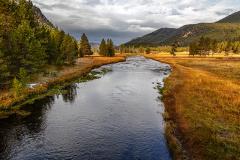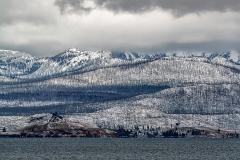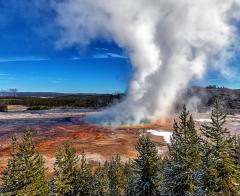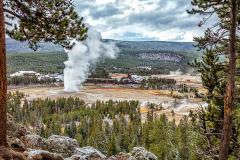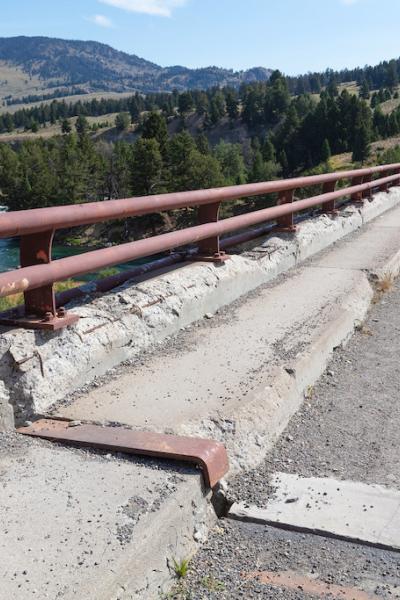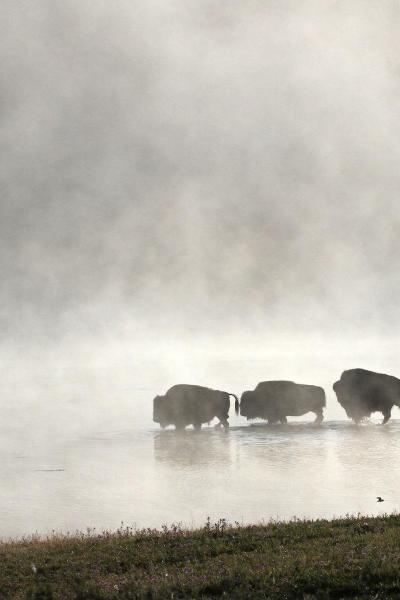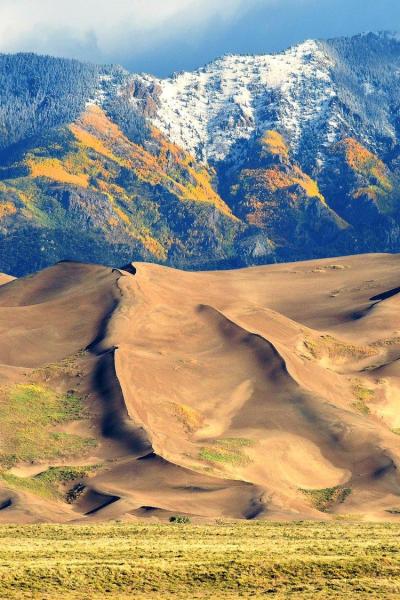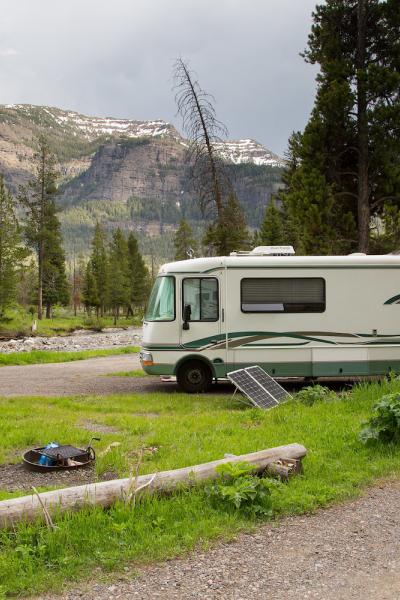Looking West Along The Madison River, Yellowstone National Park
"The Firehole River starts south of Old Faithful, runs through the Upper Geyser Basin northward to join the Gibbon River and form the Madison River. The Madison joins the Jefferson and the Gallatin rivers at Three Forks, Montana, to form the Missouri River." There's a bridge over the river, just prior to the turnoff to the Madison Information parking area, where you can watch the flow of the Madison River as it lazily makes it's way West. Look toward your right and you might even see a herd of buffalo grazing and lounging in the tall grass.
- By Rebecca Latson - March 4th, 2022 4:00am

